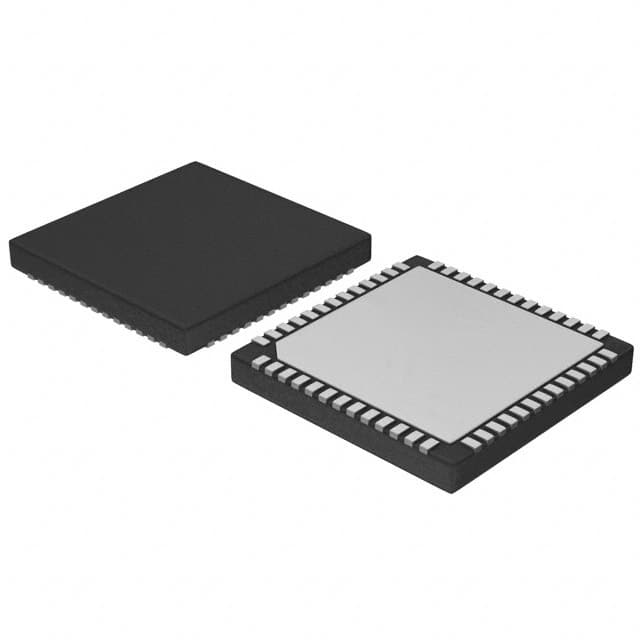Xem thông số kỹ thuật để biết chi tiết sản phẩm.

NB4L7210MNG
Overview
Category
NB4L7210MNG belongs to the category of integrated circuits (ICs).
Use
It is commonly used as a clock driver in electronic devices.
Characteristics
- High-speed clock driver
- Low power consumption
- Small package size
- Wide operating voltage range
Package
NB4L7210MNG is available in a small outline integrated circuit (SOIC) package.
Essence
The essence of NB4L7210MNG lies in its ability to provide precise and stable clock signals for various electronic systems.
Packaging/Quantity
This product is typically packaged in reels or tubes, with a quantity of 250 units per reel/tube.
Specifications and Parameters
- Operating Voltage: 2.5V - 3.3V
- Output Frequency Range: 1MHz - 500MHz
- Rise/Fall Time: < 200ps
- Output Current: ±24mA
- Operating Temperature Range: -40°C to +85°C
Pin Configuration
The pin configuration of NB4L7210MNG is as follows:
| Pin Number | Pin Name | Description | |------------|----------|-------------| | 1 | VCC | Power supply voltage input | | 2 | GND | Ground reference | | 3 | OUT0 | Clock output 0 | | 4 | OUT1 | Clock output 1 | | 5 | OUT2 | Clock output 2 | | 6 | OUT3 | Clock output 3 | | 7 | SEL | Output selection control | | 8 | OE | Output enable control |
Functional Characteristics
- The NB4L7210MNG provides four independent clock outputs.
- The output frequency can be selected using the SEL pin.
- The OE pin allows for enabling/disabling the clock outputs.
- It has a built-in phase-locked loop (PLL) for frequency multiplication.
Advantages and Disadvantages
Advantages
- High-speed operation
- Low power consumption
- Small package size
- Wide operating voltage range
Disadvantages
- Limited output frequency range
- Requires external components for frequency multiplication
Applicable Range of Products
NB4L7210MNG is suitable for use in various electronic devices that require precise clock signals, such as:
- Microprocessors
- Digital signal processors
- Communication systems
- Networking equipment
- Test and measurement instruments
Working Principles
The NB4L7210MNG operates by generating clock signals based on the input voltage and control signals. It uses a PLL to multiply the input frequency and provides multiple synchronized clock outputs.
Detailed Application Field Plans
- Microprocessor Systems: Use NB4L7210MNG to provide synchronized clock signals for efficient data processing.
- Communication Systems: Employ NB4L7210MNG to ensure accurate timing in data transmission and reception.
- Networking Equipment: Utilize NB4L7210MNG to synchronize network operations and improve overall system performance.
- Test and Measurement Instruments: Incorporate NB4L7210MNG to generate precise clock signals for accurate measurements.
- Digital Signal Processors: Integrate NB4L7210MNG to enable synchronized data processing in DSP applications.
Detailed Alternative Models
- NB4L7210MNR2G
- NB4L7210MNTXG
- NB4L7210MNGR2G
- NB4L7210MNGTXG
5 Common Technical Questions and Answers
Q: What is the maximum output frequency of NB4L7210MNG? A: The maximum output frequency is 500MHz.
Q: Can NB4L7210MNG operate with a supply voltage of 5V? A: No, the recommended operating voltage range is 2.5V to 3.3V.
Q: How many clock outputs does NB4L7210MNG provide? A: It provides four independent clock outputs.
Q: What is the purpose of the SEL pin? A: The SEL pin is used to select the output frequency.
Q: Does NB4L7210MNG require external components for frequency multiplication? A: Yes, external components are required for frequency multiplication.

